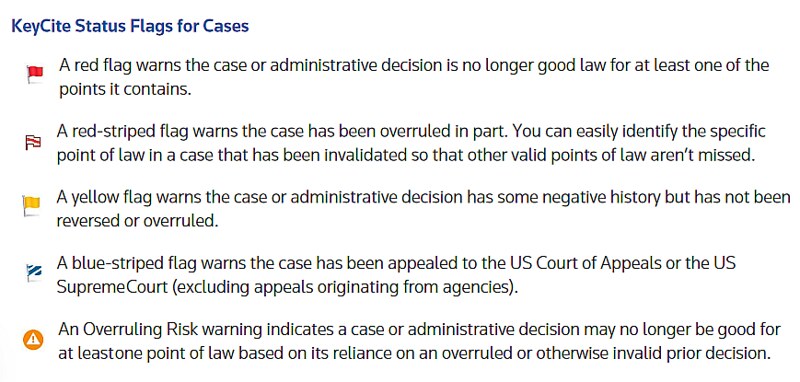Legal materials can fall into two different categories: (1) Primary and (2) Secondary. Secondary sources are about the law. They explain, analyze, interpret, discuss, and cite to primary sources. Primary sources are the law themselves. Cases are a primary source. They are judicial opinions written to resolve a controversy between two or more parties. Courts have a hierarchy and the authoritative value of a case can depend on which court is writing the opinion. Cases are published chronologically in reporters and now, in databases and on websites.
Suppose our citation was for 966 N.E.2d 915 and I wanted to find this case in the print reporter. I would first find the North Eastern Reporter in the UC Law Library print collection. Then I would find the 2nd series within that. Next I would look for volume 966 and finally the page number 915.
Other places that you can use the citation to find a case are:
Suppose our citation was for 966 N.E.2d 915 and I wanted to find this case online.
If you want to see the topic and key numbers in Westlaw headnotes, you may have to click the Change View link at the top of where the headnotes begin.
In the image above, we have headnote number 6 which deals with what is required to prove a claim of intentional infliction of emotional distress. Headnote 6 has been assigned the topic of damages and the key number of 57.21. The key number assigned to a particular headnote is always the last and narrowest key number assigned.
The Lexis Advance headnotes are numbered but even though this is the same case, the headnotes are not the same as in Westlaw. The headnotes are completely different. Here, we still have a headnote that deals with the elements of Intentional Infliction of Emotional Distress. It is headnote number 5. We also do not have any key numbers. Just topics. We can find more cases on this topic by clicking on the topic links. If we want a broader search, we can use the intermediate levels, for example, we could search Intentional Infliction of Emotional Distress rather than the specific Elements beneath that. A search on any intermediate level will bring up results for all the more specific levels below it.
 In the image above, we have headnote number 5 which deals with the burden of proof for an intentional infliction of emotional distress claim. There are two larger subject topics assigned to it: Evidence and Torts. Under each larger subject topic there are subtopics. The narrowest topic under Evidence is the Allocation (for burden of proof). The narrowest topic under Torts is Elements (for the intentional tort of intentional infliction of emotional distress).
In the image above, we have headnote number 5 which deals with the burden of proof for an intentional infliction of emotional distress claim. There are two larger subject topics assigned to it: Evidence and Torts. Under each larger subject topic there are subtopics. The narrowest topic under Evidence is the Allocation (for burden of proof). The narrowest topic under Torts is Elements (for the intentional tort of intentional infliction of emotional distress).
There are two main case law citators to verify the status of your case - on LexisNexis, it is Shepards and on Westlaw it is Keycite. Keyciting and Shepardizing are also a method for finding other cases and secondary sources relevant to your topic.
There are differences between the citator symbols used by Westlaw and Lexis, but as a general rule, in either Westlaw or Lexis cases with a red flag or red stop sign may no longer be good law and should not be relied upon without doing further research. Similarly, cases with a yellow flag or yellow triangle should be used with caution because they may have been distinguished by other court rulings. Remember, that you need to take into account the jurisdiction of your case and the cases citing your case in order to determine if your case is still good law.

University of Cincinnati Libraries
PO Box 210033 Cincinnati, Ohio 45221-0033
Phone: 513-556-1424
University of Cincinnati
Alerts | Clery and HEOA Notice | Notice of Non-Discrimination | eAccessibility Concern | Privacy Statement | Copyright Information
© 2021 University of Cincinnati
